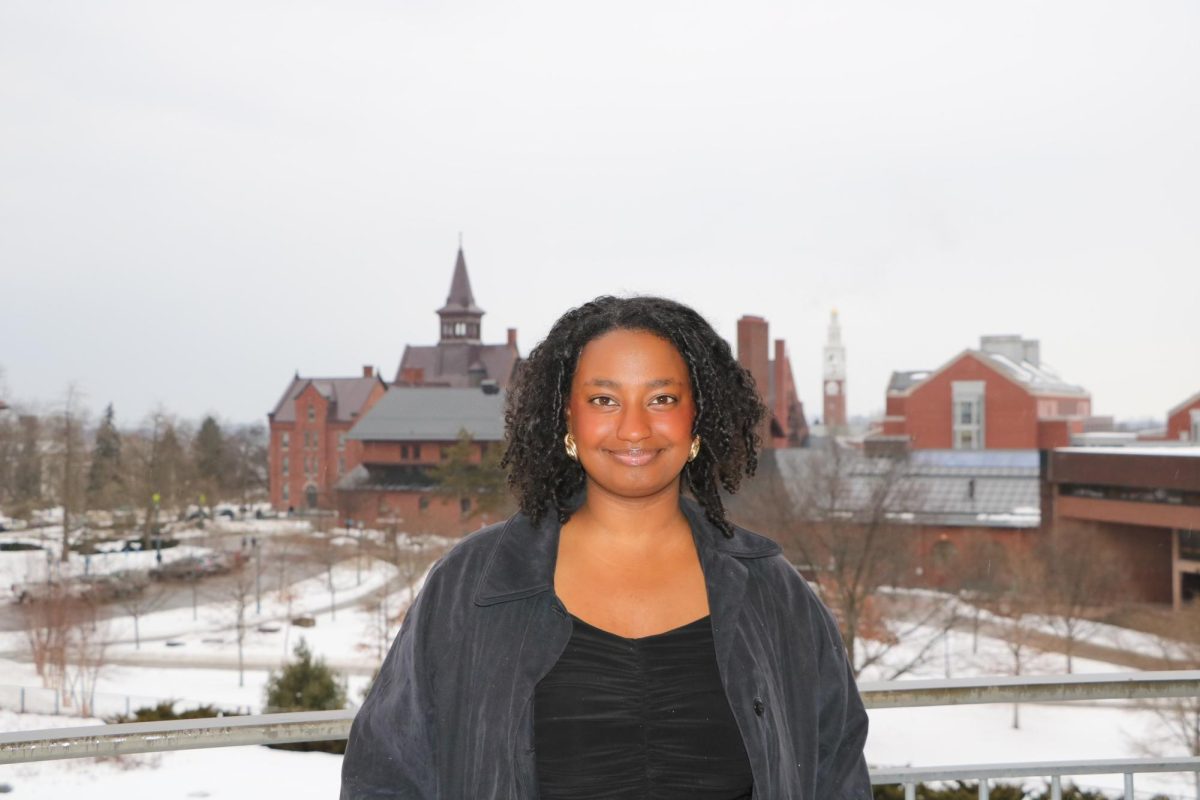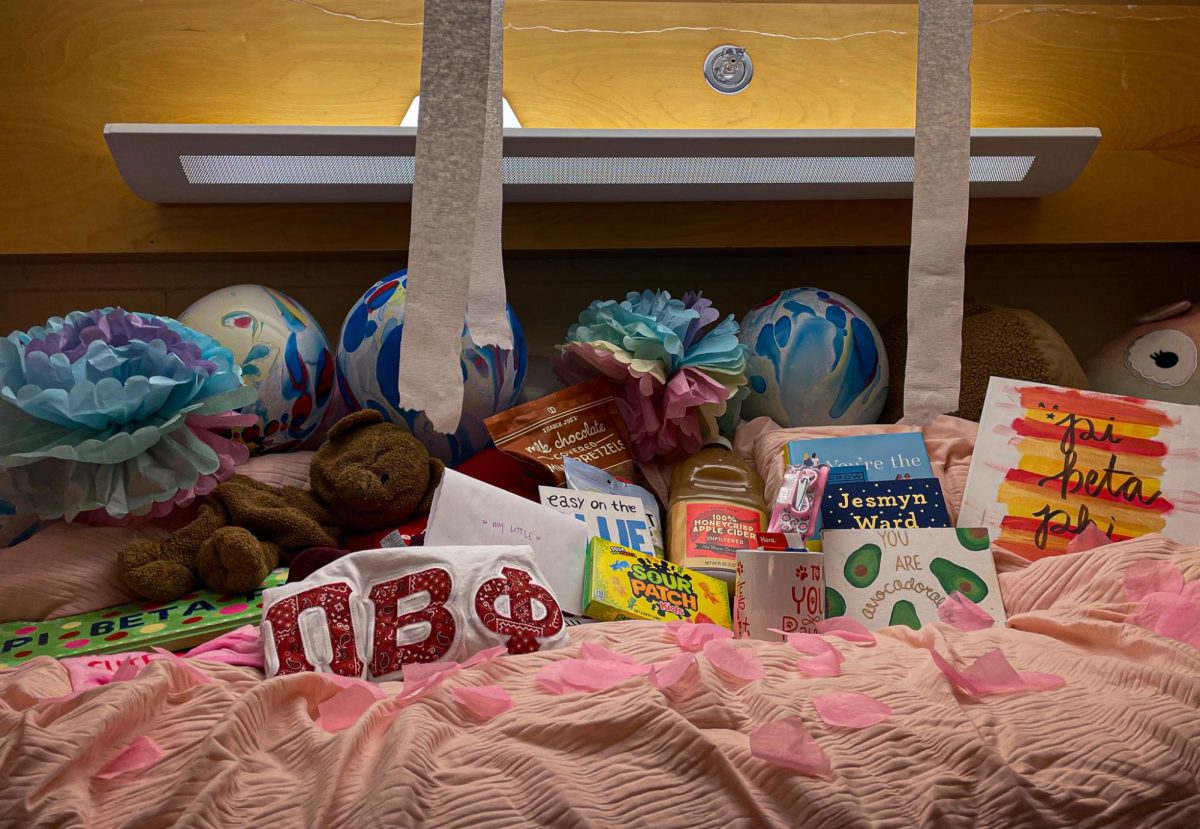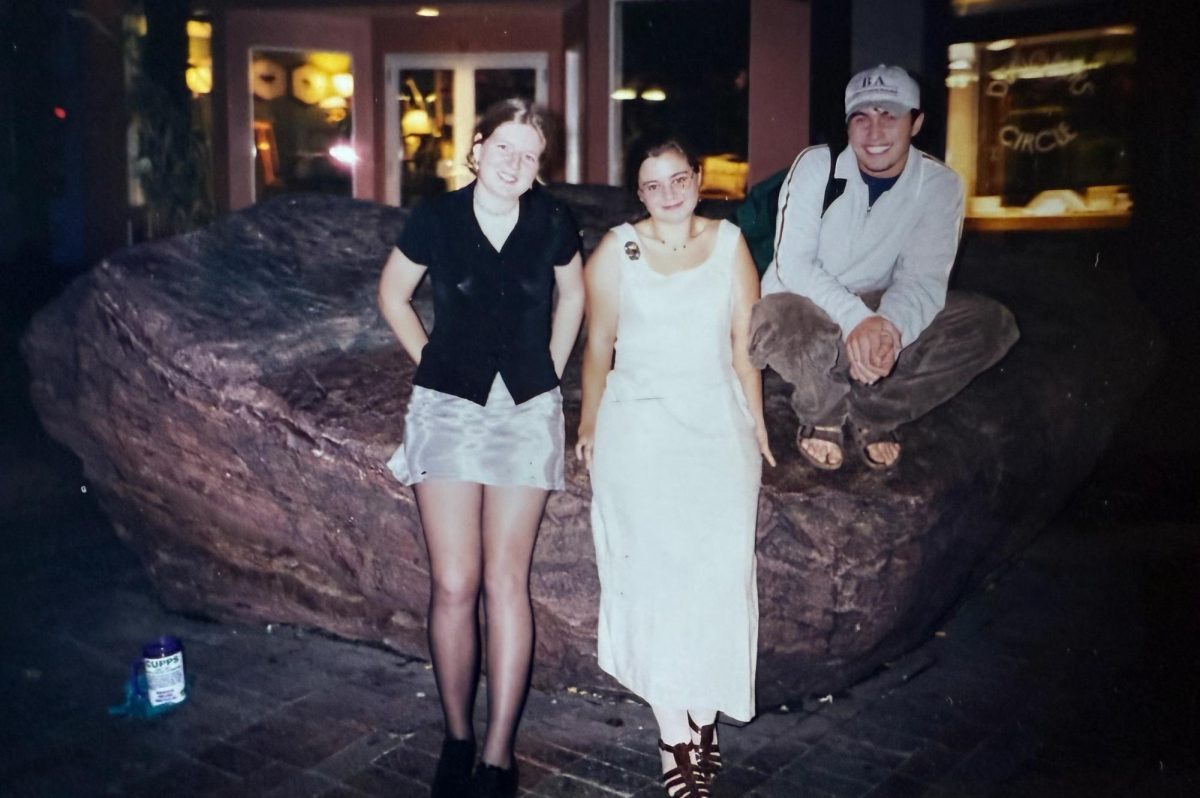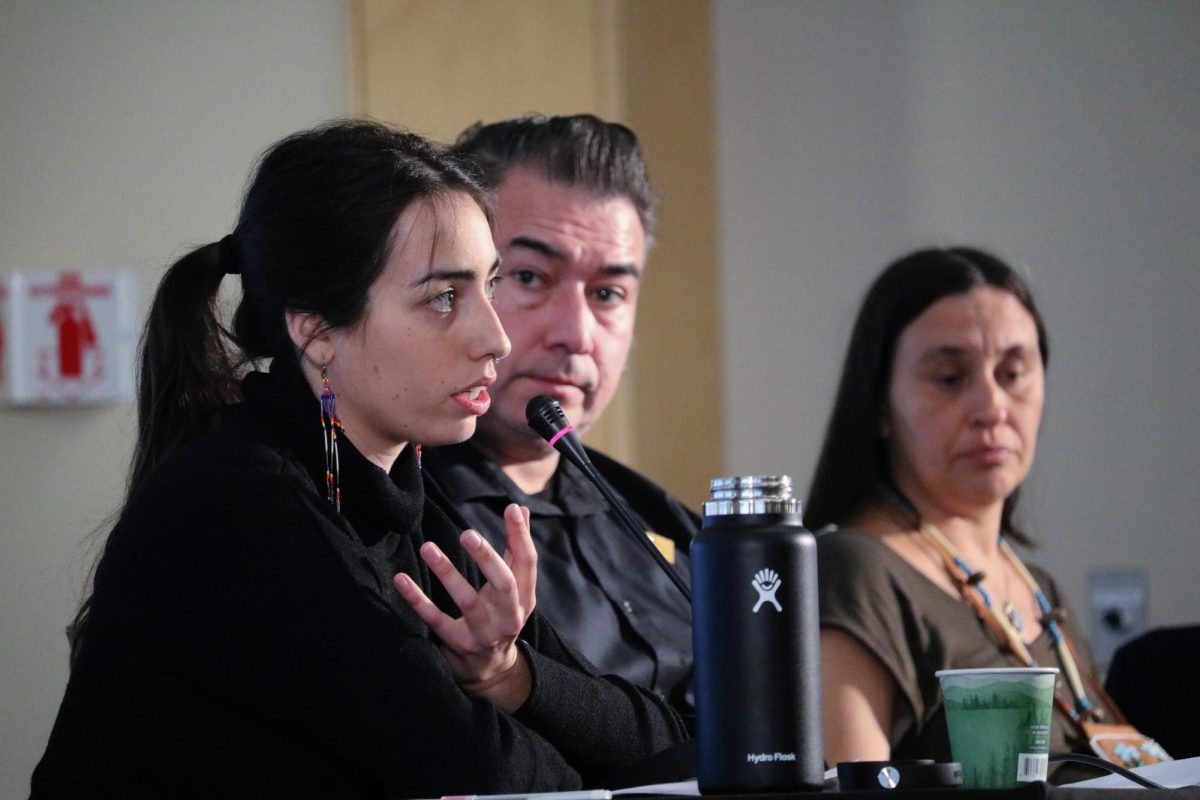McKenna, Ruth, Emily, Kate, Brittany, Danie, Stephanie, Amanda, Alyssa, Nicole, Sarah, Arielle, Allison, Casey, Emily, Katie, Hannah, Suzanne and Jake. This is how the attendance roster of a Communication Methods lab being held this semester reads. Notice anything? In this lab, part of a class that is required for all students within the College of Agriculture and Life Sciences, there is only one male student. This is not an isolated phenomenon. The University of Vermont, with a student population that is 55 percent female, joins the ranks of colleges and universities across the country that are seeing the gap between female and male enrollment grow, according to a New York Times article published Feb. 5. The University of Vermont 2010 Sourcebook reports an enrollment of 5,784 undergraduate females to a male population of only 4,587. But do those 1,197 extra women make any tangible difference?”I think that as an elementary education major I notice the gender gap more than some of my peers,” sophomore Haley Clayton said. “My classes are for the most part all women except for the one or two male elementary education majors.”Even outside of her classes, Clayton has witnessed this disparity. “I have definitely noticed the gender gap at the gym. At any given time, the gym has way more girls than boys working out,” she said.Professors are conscious of the gender tilt as well.”I certainly am aware of it,” Dr. Thomas Patterson, senior lecturer within the Community Development and Applied Economics department, said.”I don’t think about it. It doesn’t affect my teaching or what I get back from students in any way,” Patterson said.Even if professors are not changing their methodology to cater to the majority, the question of whether colleges and universities are skewing admissions to balance the gemder gap arises. In an opinion piece for The New York Times, the Dean of Admissions at Kenyon College Jennifer Delahunty Britz said that she had rejected a female applicant, whom, if the applicant had been male, would have been accepted without hesitation. Beth Wiser, Dean of Admissions at UVM, however, denies such practices in skewing admissions to the University. “It’s one of those factors that we’re going to look at, just like we look at geography, just as we look at a whole variety of factors when it comes to those secondary factors,” Wiser said. “We’re not actively trying to achieve a 50:50 gender balance. We feel like our gender representation is in line with what the national headline looks like, and certainly in line with institutions like ours that have the same academic make up.”But is this fair to the commonly called “fairer sex,” who, like other groups that were historically excluded from the realm of higher education, had to fight for the mere privilege of applying to an institution such as UVM not so long ago?”I admire the brilliant successes of our daughters,” Britz said. “To … the students getting thin envelopes, I apologize for the demographic realities.”Despite the efforts, whether blatant or subtle, of admissions departments across the country to achieve an equal ratio, the female majority on college campuses still stands.Sophomore Corey Bushey, a social work major, can feel the difference. “It affects me most in class,” he said. “Definitely my willingness to speak up sometimes.”The College of Engineering and Mathematical Sciences boasts the largest gender gap skewed in the opposite direction, with 721 male students enrolled compared to 151 female students. Even freshman engineering major Eric Schroeder did not hesitate when asked if in his everyday life he noticed that UVM was predominately female.”I feel like most of the people in my classes are girls,” he said. “Yeah, surprising. I know.”Off campus, in the heart of a town referred to by some as “Girlington,” little changes. “Downtown, at the clubs, I notice it there too,” Schroeder said. When asked if he felt like the gender gap affects him, Schroeder responded, “for the better.”But tell that to McKenna, Ruth, Emily, Kate, Brittany, Danie, Stephanie, Amanda, Alyssa, Nicole, Sarah, Arielle, Allison, Casey, Emily, Katie, Hannah, Suzanne, and to all of the women who might in some way or another be affected by the gender gap, whether it be in the admissions process or on the dance floor. Or maybe just tell that to Jake.
Categories:
Burlington or Girlington?
March 1, 2010
0
More to Discover







